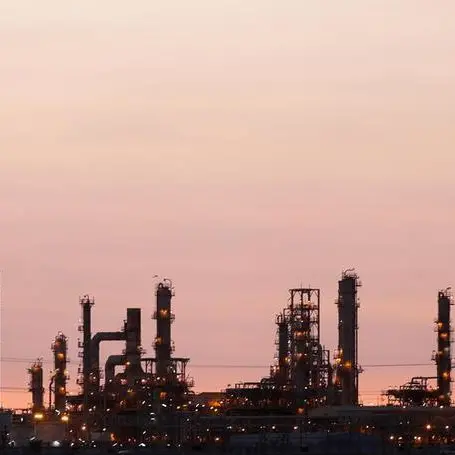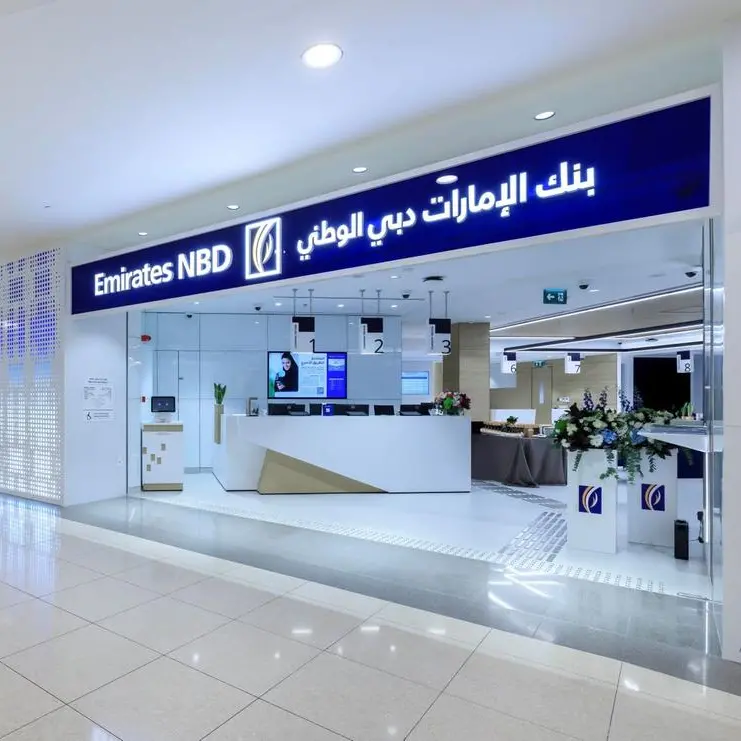Now is the time for businesses and investors from the Middle East, North Africa and Turkey (MENAT) to be bold about their ambitions in Asia.
With trade relations between the United States and China more tense than they have been for decades, it may seem an odd time to be making such an assertion.
However, the convergence of ambitious economic transformation agendas and a shared drive for a more connected global economy have laid the foundations for an even deeper relationship between the two regions.
In contrast to what we are seeing in some parts of the world, a growing number of countries in MENAT and Asia are rejecting economic isolationism and wanting to work together to develop a new kind of multilateralism.
While there is still a long journey ahead of us, it is becoming increasingly clear that this dynamic is creating exciting opportunities for businesses and investors from MENAT to participate in infrastructure projects throughout Asia.
China energised this journey in 2013 when President Xi Jinping unveiled the Belt and Road Initiative (BRI), with the aim of forging closer economic ties, deepening cooperation and expanding development across Asia, Europe and beyond.
Over the last six years, BRI has catalysed numerous transport, energy and other infrastructure projects, helping to oil the wheels of trade and investment between more than 100 countries as far afield as Southeast Asia, Africa, the Middle East, Europe and even Latin America.
The Middle East, North Africa and Turkey region is the connecting point for three continents, giving it the opportunity to play a pivotal part in the BRI vision. Just consider the United Arab Emirates’ Jebel Ali Port, the world’s busiest port outside of Asia: it handles 15 million containers every year, making it a crucial gateway for the almost USD2 trillion of two-way trade between MENAT and the rest of the world.
Though spearheaded by China, BRI is intended as a partnership. As the initiative has evolved, China’s leaders have recognised the concerns raised in its earlier stages about debts incurred by developing countries, the benefits of projects to local communities, their environmental sustainability and their openness to non-Chinese participants.
China addressed these concerns directly at The Second Belt and Road Forum for International Co-operation, which took place in April with 5,000 delegates and 36 national leaders in attendance. China and its partners made clear their commitment to projects that are transparent, economically viable, environmentally-friendly, and that deliver real benefits to local communities and create opportunities not just for Chinese corporates, but also for companies from further afield, such as MENAT.
Aside from the opportunities linked to the actual construction of BRI-linked infrastructure, the initiative is also generating investment opportunities for the private sector. After all, Chinese public-sector banks and multinational lenders such as the Asian Infrastructure Investment Bank cannot fund all the world’s infrastructure needs.
The Asian Development Bank estimates that USD1.7 trillion a year is needed to finance infrastructure projects across developing Asia alone. Add to this the USD3.5 trillion of projects that MEED Projects says is in the pipeline across the Middle East and North Africa region, and it is clear that there is a big need for private capital to play a part.
In this low-yield environment, the infrastructure asset class can be an attractive option for sovereign funds and asset managers from MENAT to generate stable, long-term returns. At the same time, China is accelerating the reform of its financial markets and easing foreign investor access, enabling investors from MENAT and around the world to also finance companies engaged in BRI-related business through China’s domestic capital markets.
The BRI makes also a powerful case for MENAT businesses to tap into some of the world’s most exciting infrastructure projects. Its new phase aims to ensure an inclusive environment in which global firms in engineering, construction, professional services and other ancillary sectors can participate in projects alongside Chinese partners.
We’ve built up encouraging momentum so far – over the last ten years, bilateral trade between China and the Middle East has roughly doubled – but there is more that can be done. Businesses and investors need to act fast to seize these opportunities now.
* Any opinions expressed in this article are the author’s own
Disclaimer: This article is provided for informational purposes only. The content does not provide tax, legal or investment advice or opinion regarding the suitability, value or profitability of any particular security, portfolio or investment strategy. Read our full disclaimer policy here.
© Opinion 2019























